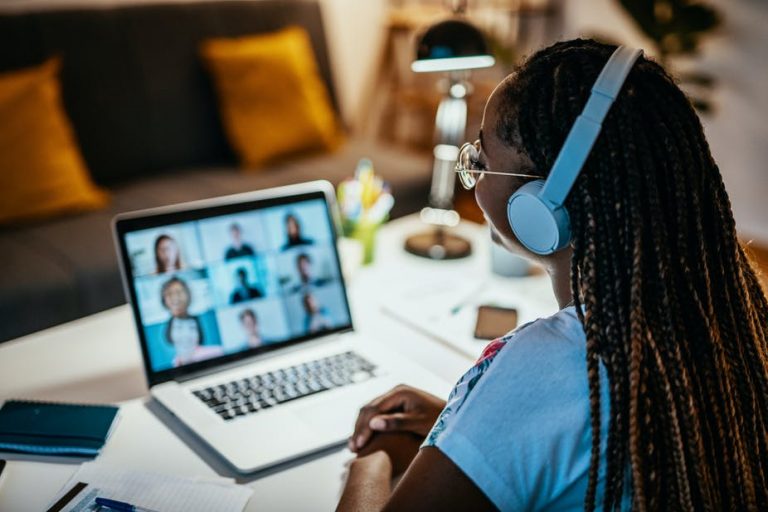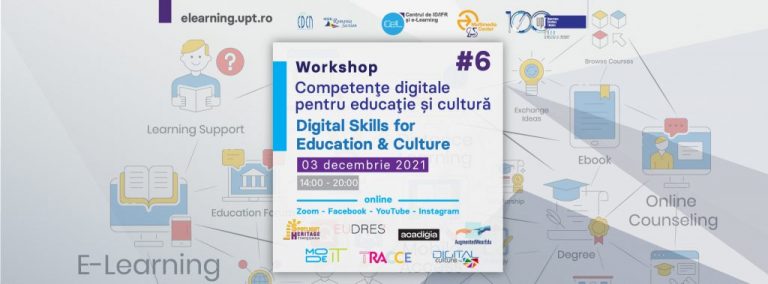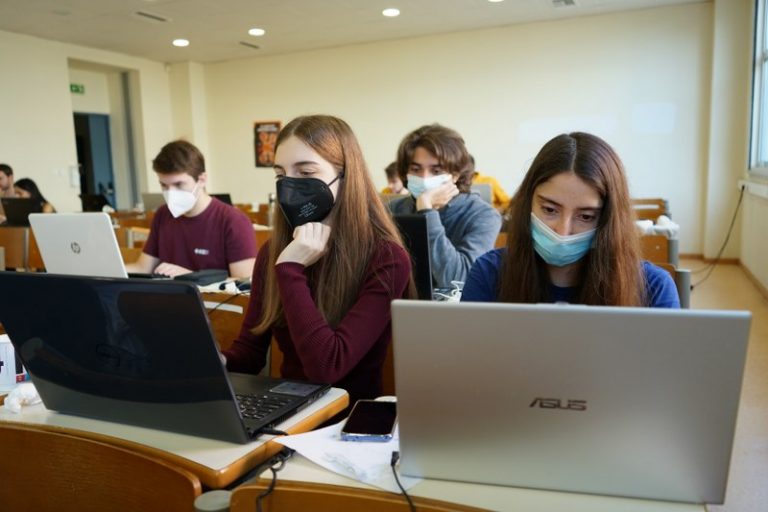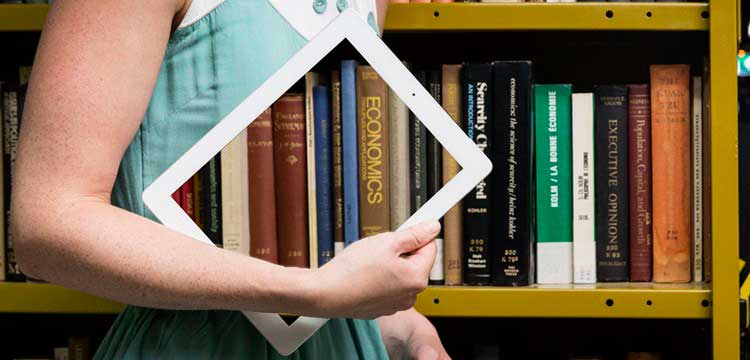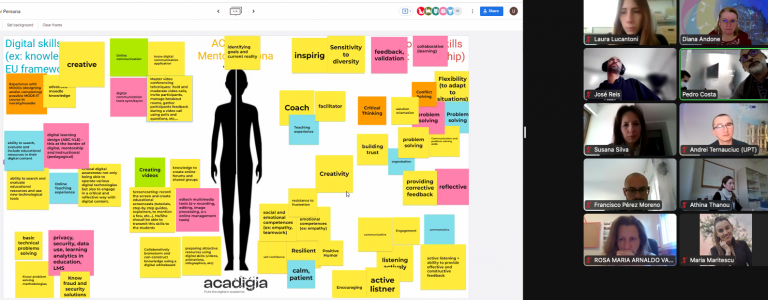UNIVPM has conducted a study to answer the following question: How are educational systems dealing with distance learning in Italy?
The results have highlighted the initial challenges of educators in teaching online, i.e., in preserving the direct relationship with students or in transmitting self-discipline and work self-regulation concepts. As a result, during the transition from the classroom to distance learning, universities and institutes have introduced new policies and procedures, such as using several technology tools (e.g., Microsoft Teams platform), according to the educational strategy and the needs of teachers and students. Thus, one of the essential instructions seems to be recording the lesson by making it available for future consultation.
Educators have therefore changed their teaching approach, for example, keeping in mind the acquisition of new technological skills during the essential learning process of students. In this context, they needed technical and pedagogical support to produce the online lessons and adapt to the new teaching methodologies.
The impact of distance learning on student engagement highlighted instead a lack of the “student’s community” during classes due to their poor interaction and social integration. Educators tried to engage students through short questions, quizzes, and games to overcome this problem. Moreover, blended classrooms have been introduced as the combination of distance learning experiences with traditional classroom-based methods: a percentage of the students attended class in person, while most participated only remotely even though the inadequate connection played a role.
Above all, this study highlighted the need to re-engineer assessment processes, as old methodologies are used with new tools and technologies even considering the psychological aspect of the pandemic.



